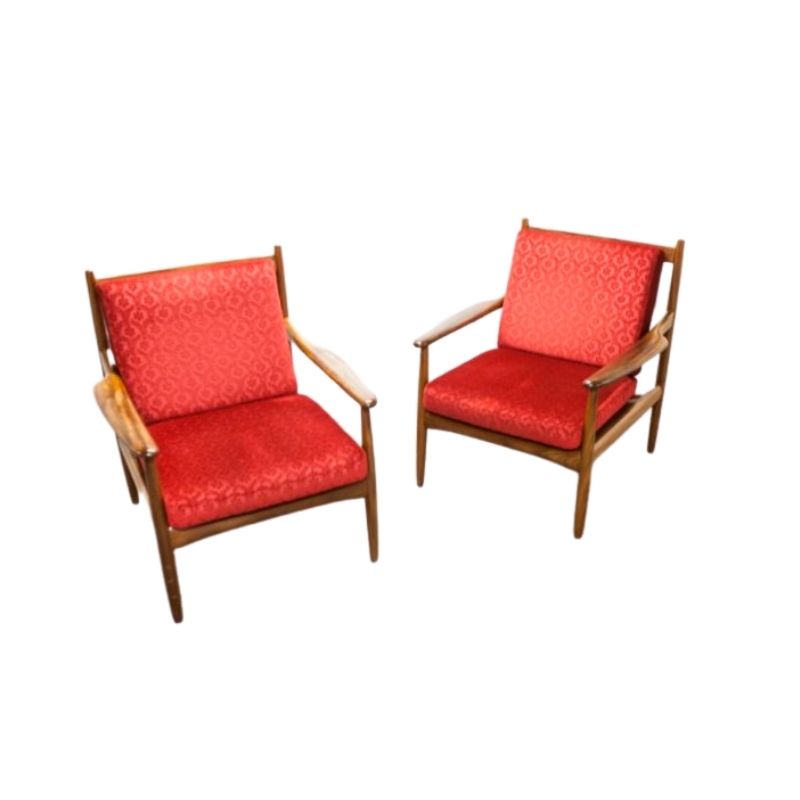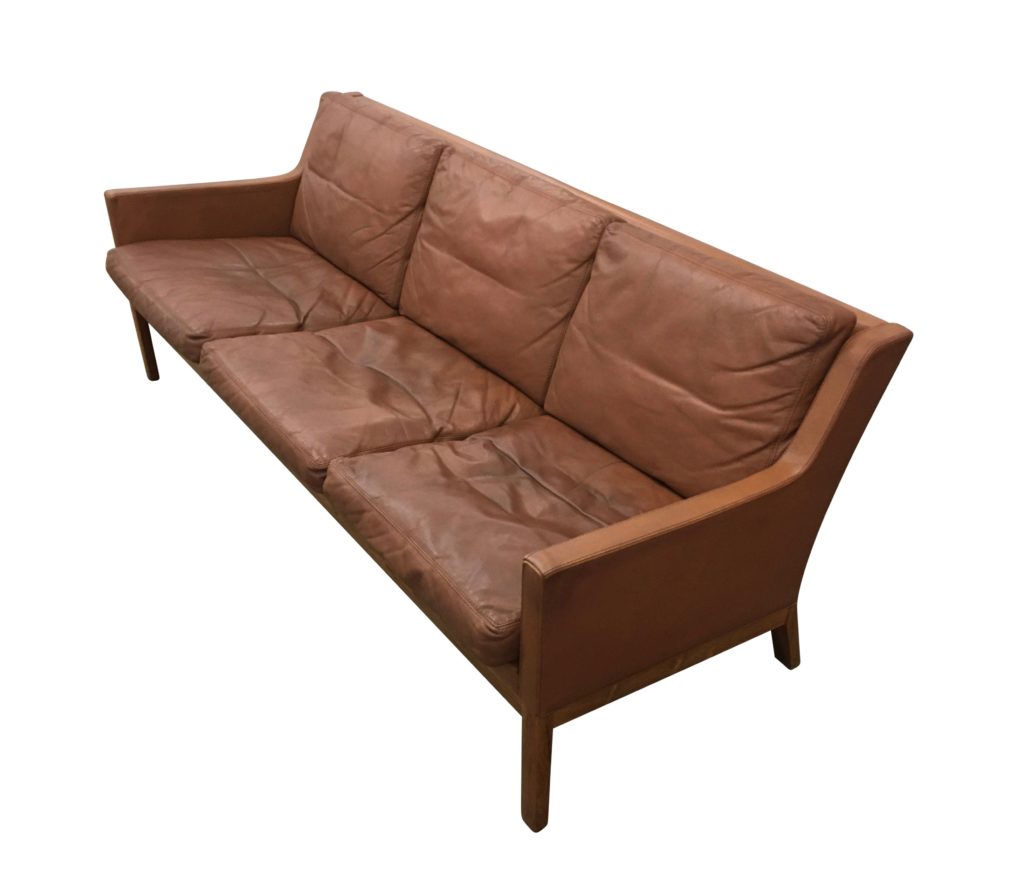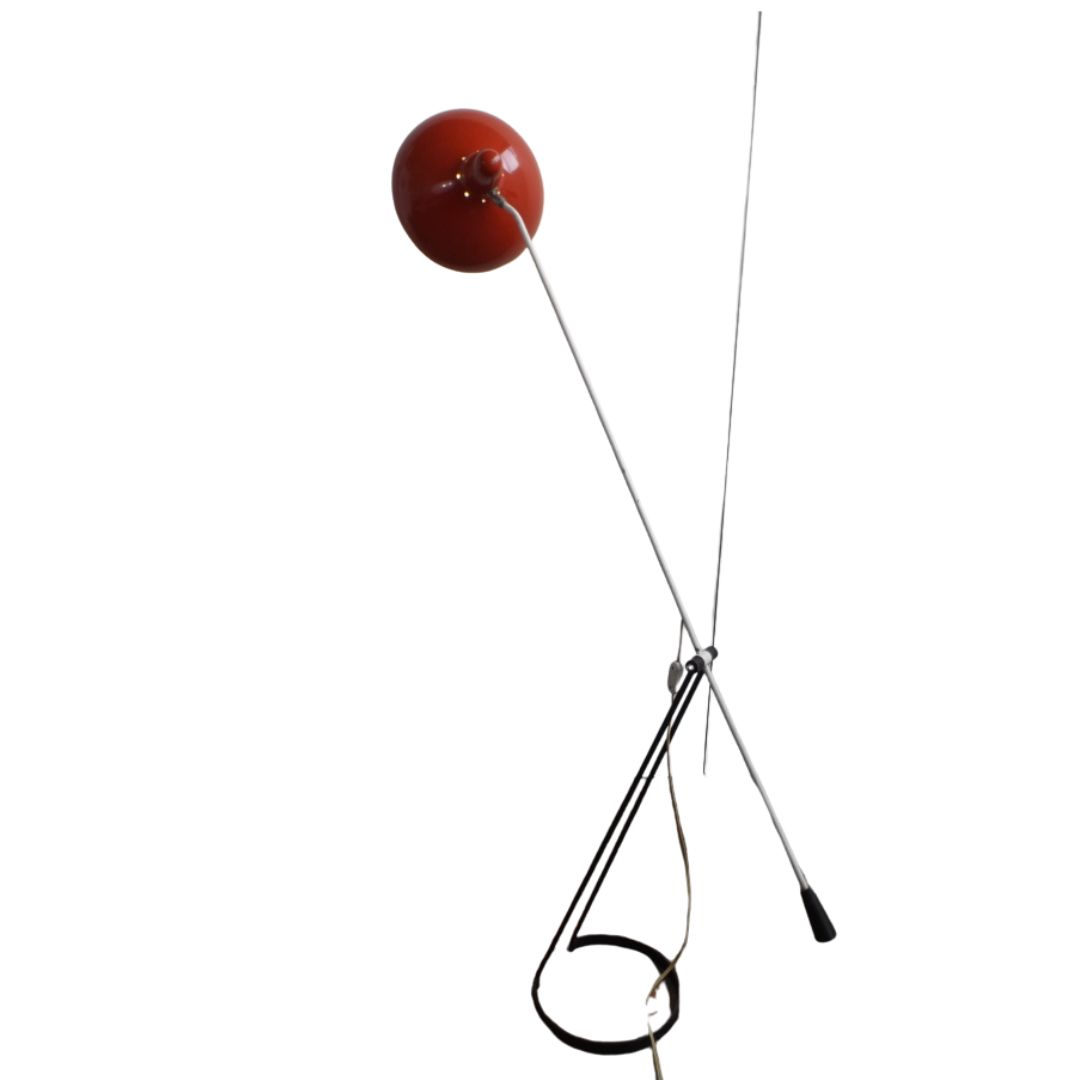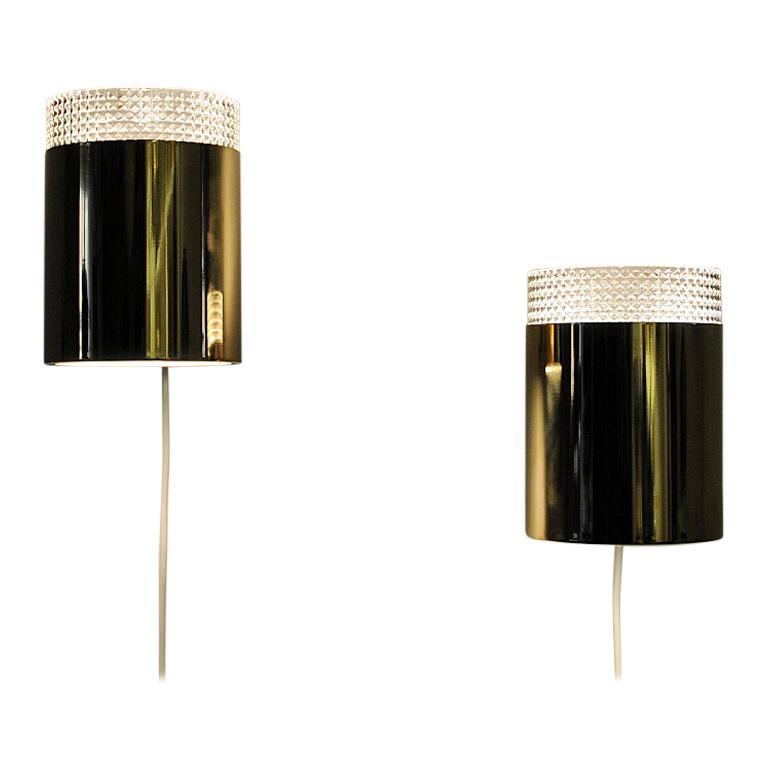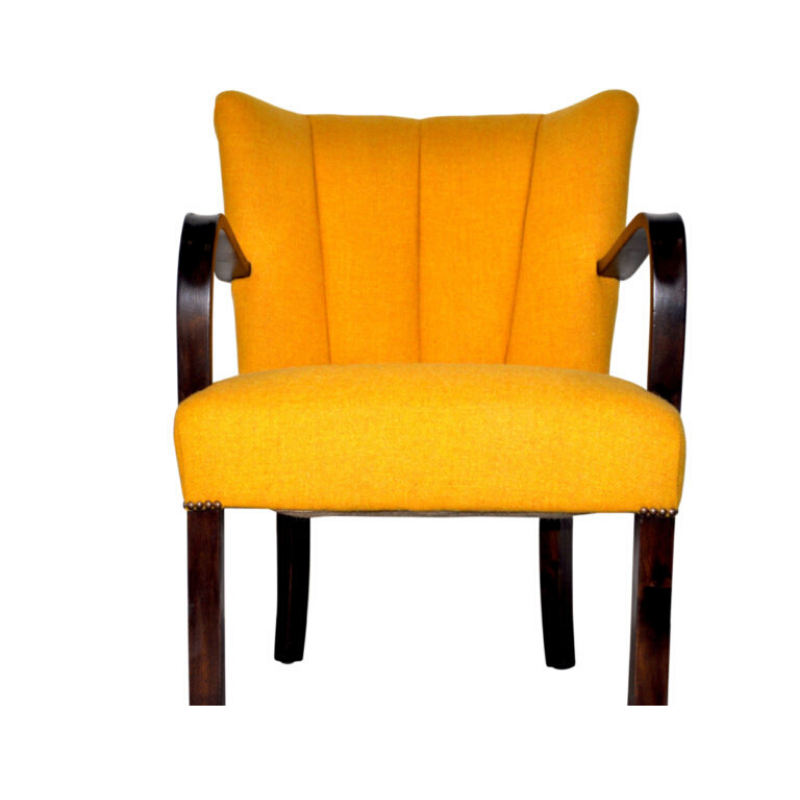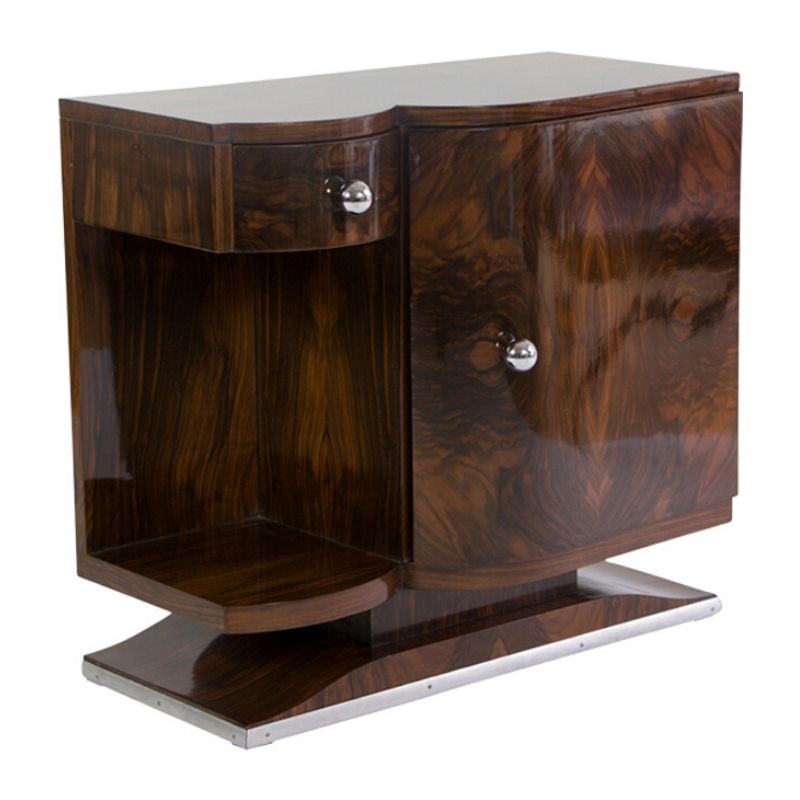I could be wrong
... but I do not believe that it is really a wood joint. Nor is it purely decorative. I think it is a cover for the mechanical fasteners (screws) that holds the back on.
The CH22 has the same detail, but without the bulge in the middle. I've had the bare version of the CH22 with the papercord seat as well as the version with an upholstered seat and back. When we had them reupholstered, they had to be opened and the screws removed to upholster the seat back.
If I am not mistaken, I think the version of the CH23 with the bare plywood seat also has screw hole covers or plugs as well.
ScanDesign
I have a CH23 and the grain on the inlays is very different from the posts, so they're definitely not part of the posts at all if that's what you're asking.
I've always thought it a bit strange that Wegner might have used an inlay like this to cover screws, given the pretty exquisite joinery on some of his other chairs. But maybe it was a price point thing, I dunno.
Also, they have always looked vaguely church-y to me.
OK, thanks. I accept that it...
OK, thanks. I accept that it is a CH 23. I am no Wegner cognizentti and can never keep track of the models.
I find the last two posts pretty convincing about the purpose of the inlays. If you are going to hide screws, that sure is a pretty way to do it.
Slightly off thread, it seems to me that the earlier designers all tried to hide metal fasteners. Kaare Klint never used any fasteners at all that I have seen. Then sometime in the 50s-60s, they started to use fasteners and even started making them visible. The fasteners were always brass. If you find other material on your mid-century furniture, it has very probably been worked on and the screws replaced.
Here is a closeup of my CH23...
Here is a closeup of my CH23 (hi-res on purpose). I guess I never realized that the oak grain of the cross was a different pattern from the nearby backrest vertical. Even if I had, I probably would have thought that it was an oak cross block that penetrated into a cut recess in the vertical, and not a cap for screws. However, now I am looking at my photo in a different light and realize that an oak cross block would not fit entirely within the vertical back (see inside arm on the photo below).
Quite a testament to the Carl Hansen craftmanship that I have never seen an online photo of any of these cover pieces falling or chipping off (anyone have one handy?). I would have also thought that I'd see more screw "punch throughs" on the backrests, given that the laminated piece is already fairly thin even without removing the top ply.
Thanks for the insight.
If you need any help, please contact us at – info@designaddict.com




